Regular patient satisfaction surveys reveal that most patients highly commend our efficient and accurate diagnostic services, noting the demeanor of our staff, which eased their anxiety and boosted confidence in subsequent treatments.
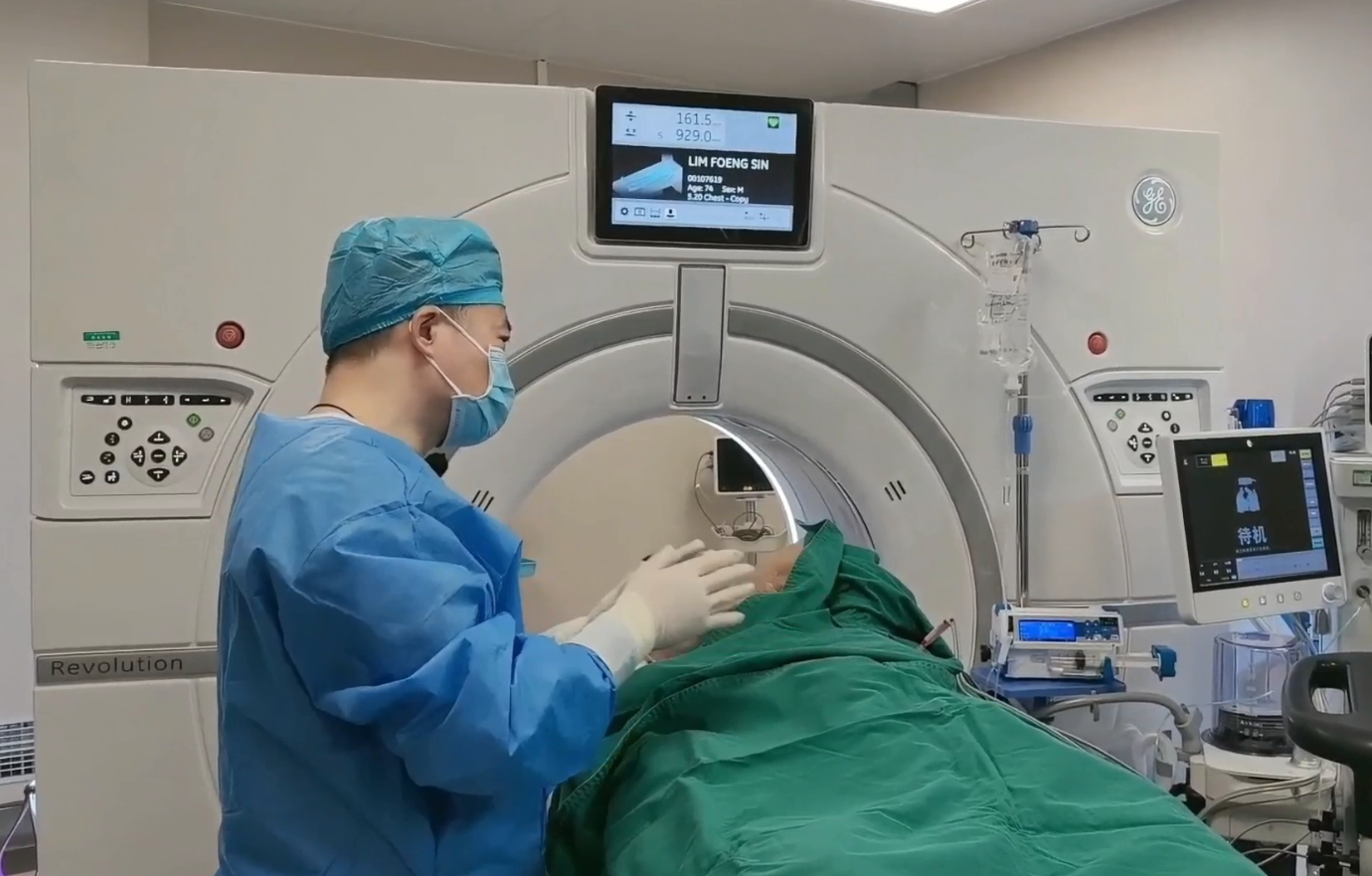
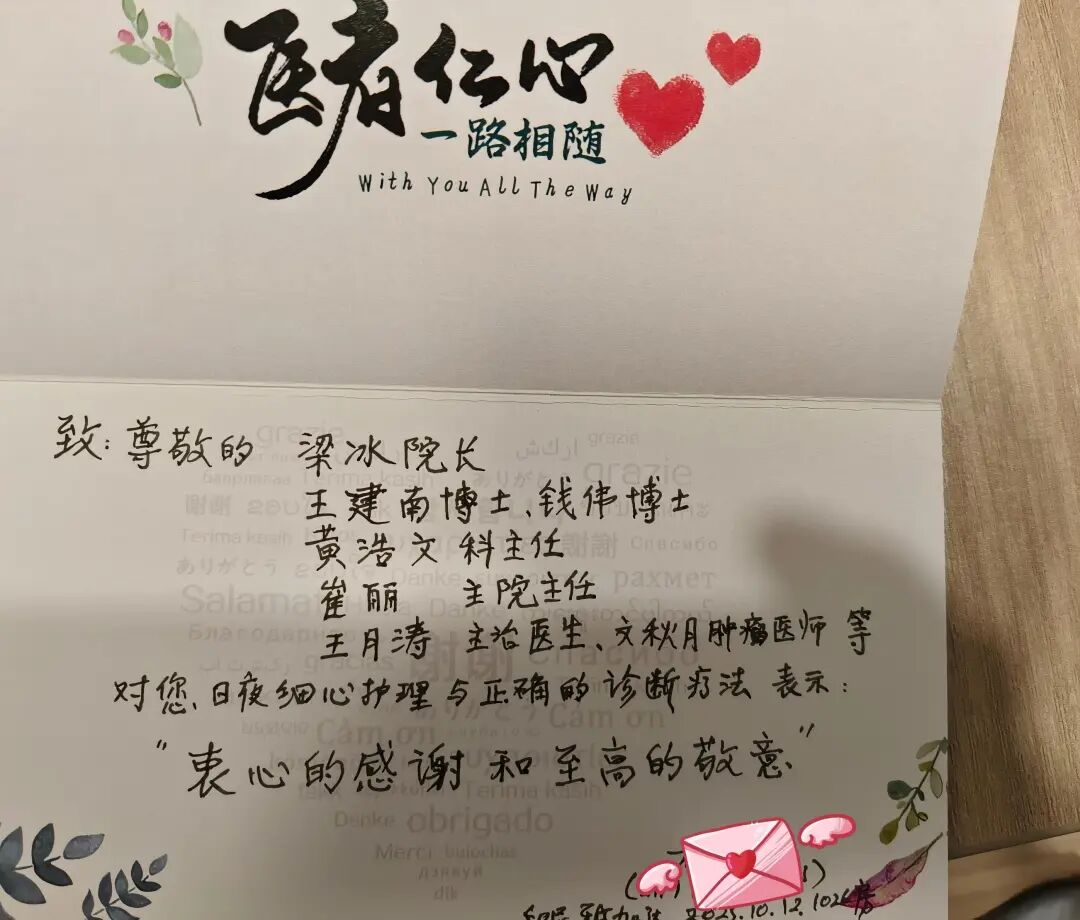
In Guangzhou in October, the summer heat lingers. While resting in his hospital ward, 74-year-old Indonesian patient Tan Eng Soon (pseudonym) occasionally thinks of his hometown, Jakarta, 3,000 kilometers away.
From arriving in Guangzhou at the end of September to completing lung tumor cryoablation, in just half a month, he went from being diagnosed with "no follow-up treatment" to a new stage where the tumor has been significantly reduced and the symptoms have been alleviated.
Facing Dean Liang Bing, Director Huang Haowen and other team experts who came to make rounds, Mr. Tan clasped his hands together and expressed his deep gratitude in a gentle and solemn manner.
Treatment dilemma for elderly patients with lung cancer
In July 2025, Mr. Tan developed symptoms of intermittent cough and blood-streaked sputum. A local PET/CT examination revealed a malignant tumor in the posterior apex of the left lung, with a maximum diameter of approximately 4.7 cm and an SUVmax value of up to 21.4. He was diagnosed with moderately differentiated adenocarcinoma (cT4N2Mx), and ipsilateral lung and lymph node metastasis had occurred.
Because the tumor was close to the interlobar fissure and adjacent to large blood vessels, and the patient was very old, many local hospitals believed that the risk of surgery was too high and recommended conservative treatment.
Faced with a difficult treatment situation, Mr. Tan's family, after much deliberation and inquiries, ultimately contacted our hospital through the Indonesia-China Medical Service Center of Guangzhou Royal Li Cancer Hospital. Based on in-depth communication and full trust in our hospital, they made the careful decision to seek treatment in Guangzhou.
Precision treatment plans for international medical treatment
After arriving in Guangzhou at the end of September 2025, our hospital immediately launched a multidisciplinary consultation mechanism and organized experts from oncology, interventional medicine, and thoracic surgery to conduct a joint evaluation.
Considering the large size of the tumor, its rich blood supply, and its proximity to the interlobar fissure and large blood vessels, the expert team believed that direct surgery would be difficult and risky, while chemotherapy alone would have limited local control. Therefore, they decided to develop a sequential treatment plan of "arterial perfusion embolization + cryoablation".
First, high-concentration drugs are infused through the artery to quickly control tumor activity and shrink the lesions, and then cryoablation is used to inactivate residual tumors to achieve maximum tumor reduction under minimally invasive conditions.
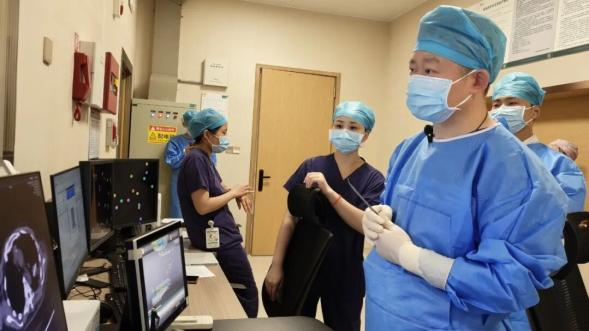
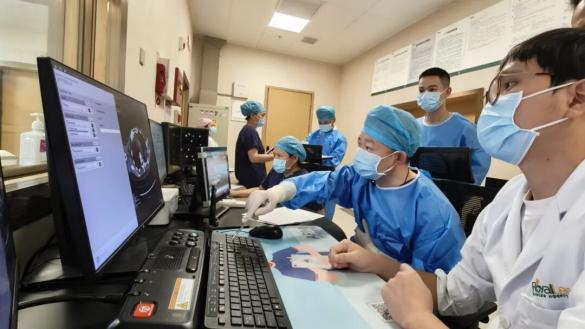
Accurate implementation of staged treatment
On September 29, 2025, the team led by Huang Deliang, chief physician of the Department of Minimally Invasive Intervention, performed left bronchial artery angiography perfusion embolization on the patient.
During the surgery, microcatheter superselective technology was used to precisely locate the tumor's blood supply artery. After transarterial infusion of chemotherapy drugs, gelatin sponge embolization microspheres were used to completely embolize the tumor vessels. Imaging follow-up one week after the surgery showed a significant decrease in tumor blood supply, and the lesion had shrunk significantly to 37.5 mm.
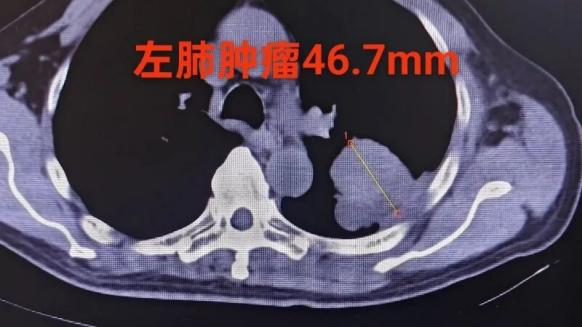
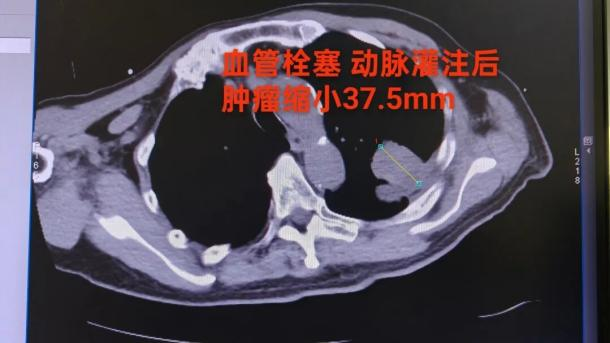
After arterial perfusion surgery, the tumor was significantly smaller than before.
On October 9, 2025, Dr. Liang Bing, a specialist in minimally invasive cancer treatment, led a team to perform CT-guided lung tumor cryoablation on a patient, freezing and thawing the remaining active lesions. The procedure went smoothly, and the patient was able to get out of bed the day after surgery, with significant improvement in cough and hemoptysis symptoms.
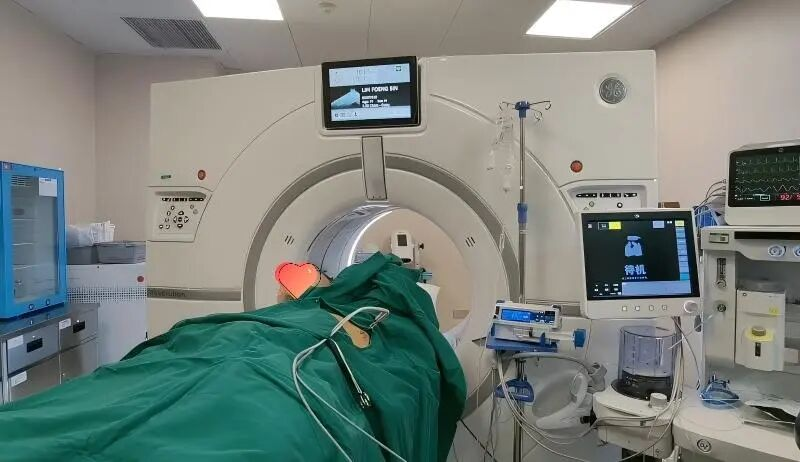
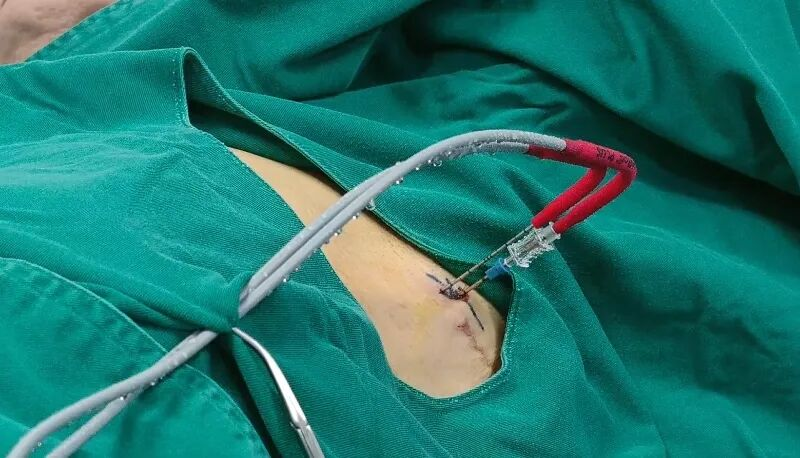
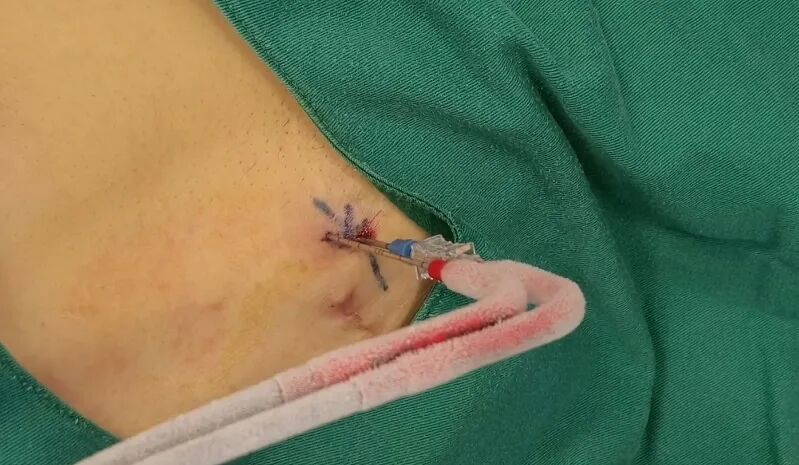
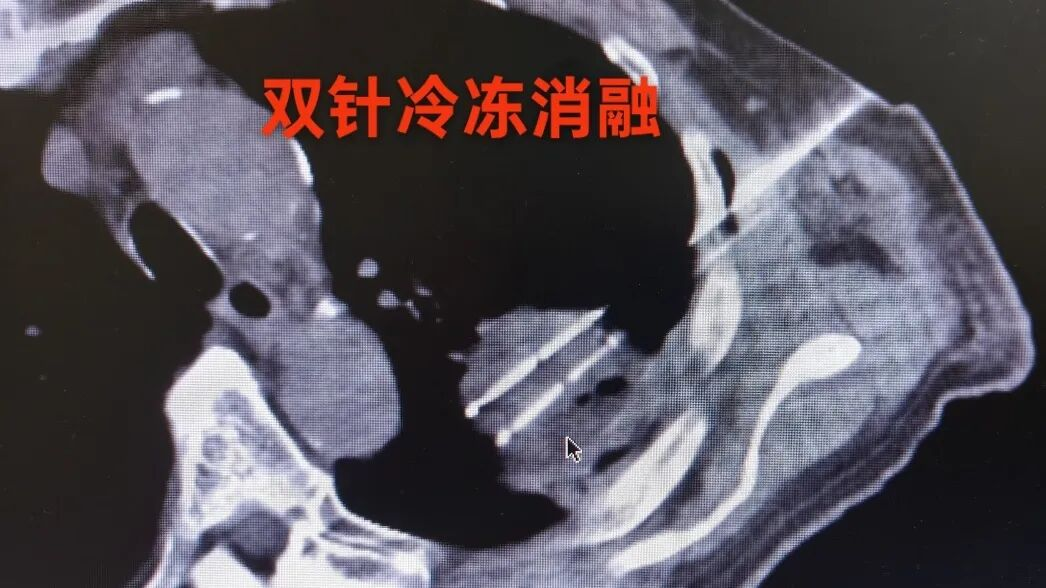
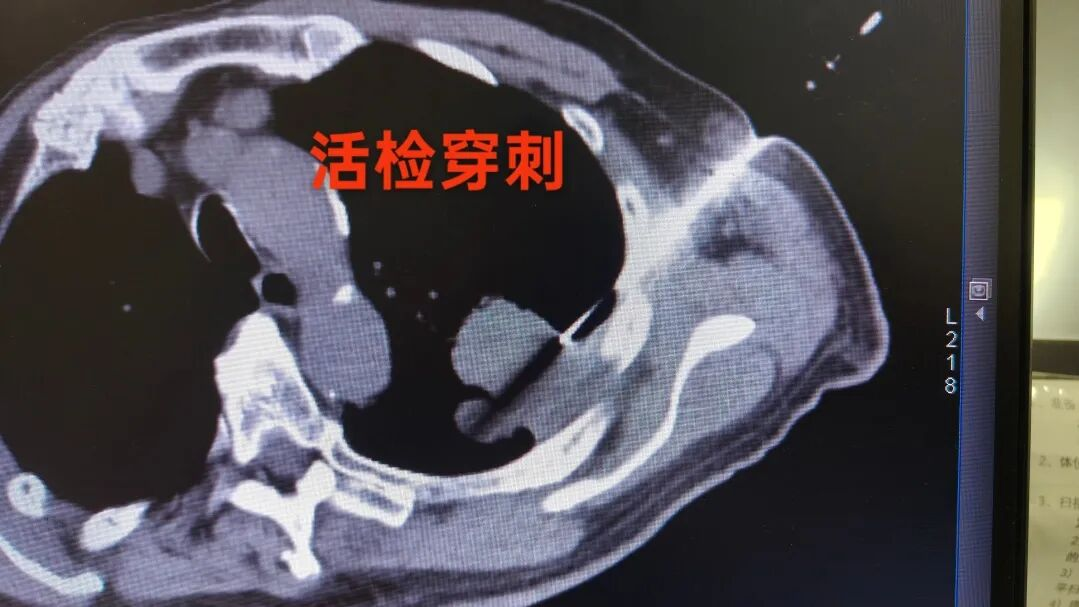
Actual photos of the cryoablation process
A safe choice for patients in Southeast Asia
As an important platform radiating to Southeast Asia, our hospital's Indonesia-China Medical Service Center has successfully provided medical services to hundreds of Indonesian patients.
Mr. Tan enjoyed our hospital's star-level international patient care throughout his treatment, including Indonesian and English multilingual interpreters accompanying him throughout the consultation; nutritious meals tailored to Southeast Asian tastes; and dedicated airport pickup and accommodation arrangements. These personalized care and professional support ensure a smooth and secure treatment journey for international patients in Guangzhou.
Science Popularization Time
Interpretation of minimally invasive treatment technologies: arterial perfusion and cryoablation
Arterial infusion: precise "blasting" of high-concentration drugs
Guided by medical imaging equipment, a catheter is precisely inserted into the tumor's blood supply artery, directly infusing high-concentration chemotherapy drugs. This method of administration can achieve drug concentrations in the tumor area that are dozens of times higher than those of intravenous chemotherapy, significantly enhancing the lethality. At the same time, due to the drug's first-pass effect, systemic toxic side effects are relatively minimal.
Cryoablation: Ultra-low temperature "freezing" therapy
The principle is to cyclically freeze-thaw tumor tissue at ultra-low temperatures (-140°C to -170°C), causing tumor cells to rupture and die, while also destroying the microvasculature within the tumor, leading to ischemia and necrosis. This technique, typically performed under CT or ultrasound guidance, offers clear ablation boundaries and minimal pain, and is relatively safe for tumors adjacent to major blood vessels.
Advantages of sequential treatment: synergistic effect of 1+1>2
The sequential combination of intra-arterial chemotherapy and cryoablation can exert a synergistic effect and achieve a "double-strike" effect.
Step 1: Infusion chemotherapy. High-concentration chemotherapy drugs are infused through the arteries to rapidly reduce tumor size and activity, thus easing the burden of subsequent cryoablation.
Step 2: Cryoablation. Cryoablation can completely eliminate residual tumor cells after chemotherapy, especially cells that may survive at the edge of the tumor.
Regular patient satisfaction surveys reveal that most patients highly commend our efficient and accurate diagnostic services, noting the demeanor of our staff, which eased their anxiety and boosted confidence in subsequent treatments.
Monthly patient satisfaction surveys show that patients highly rate our outpatient services, praising the smooth process, professionalism and patience of our staff, and expressing great satisfaction with the clinic environment.
Inpatient satisfaction surveys reveal patients are very pleased with our services, noting skilled and caring staff, as well as a comfortable environment that provides strong support for their recovery.